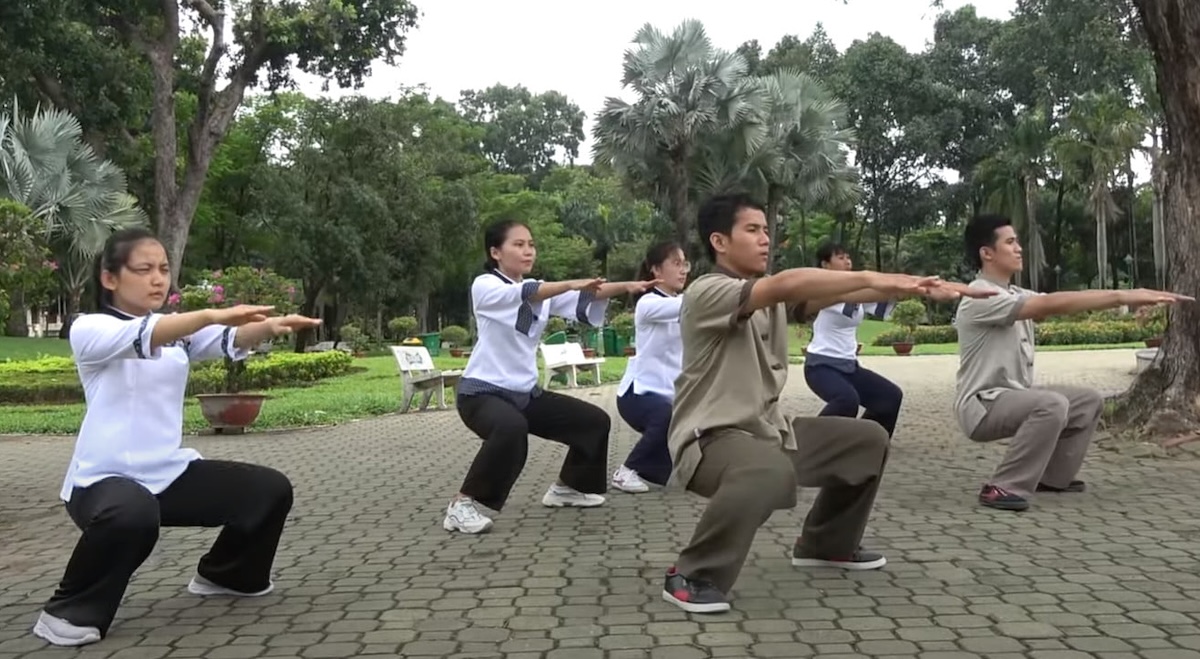
31 Oct The Difference Between Tai Chi and Qigong: Balancing Strength and Stillness
Choosing between Tai Chi and Qigong can be a challenging decision for those seeking a holistic approach to better health. Tai Chi, often referred to as a “soft” martial art, combines meditation, graceful movements, and deep breathing, resembling a “dance of inner strength.” In contrast, Qigong — or “Qi cultivation” — is a journey of harnessing life energy (Qi) through various postures and focused intention. While Tai Chi is a form of Qigong, it stands out by emphasizing flowing, interconnected movements, whereas Qigong is often simpler and more accessible, focusing on balancing and regulating Qi through stillness.
Both practices offer significant benefits for mental and physical health, each with its own strengths. Tai Chi promotes balance and flexibility, often described as meditation in motion. Qigong, on the other hand, is rich in methods, ranging from gentle to dynamic, concentrating on Qi circulation and balance.
Understanding Qigong – Aligning with Nature
Qigong is a practice of energy, an “art of breathing.” Simple, cyclical movements inspired by nature help you attune to inner stillness. According to Master Gu, Qigong includes two aspects: stillness and movement. Qigong can be found in simple actions such as drinking tea, calligraphy, playing chess, or simply walking in nature — whenever you are fully present and connected with movement and breath, you are practicing Qigong.
Tai Chi: Meditation in Motion
Tai Chi, a “soft” martial art, is not intended to overpower but to cultivate resilience, flexibility, and inner strength. In every movement of Tai Chi, the mind must be fully present, sensing each action of the legs, spine, and breath. This is the unity of mind and body, where each movement reflects inner calm.
Key Differences Between Tai Chi and Qigong
- Tai Chi is a traditional Chinese martial art, while Qigong focuses on balancing and cultivating Qi.
- Tai Chi includes complex, graceful sequences, whereas Qigong has shorter, more adaptable exercises that are easier for beginners.
- Tai Chi emphasizes slow, precise movements and posture, while Qigong focuses on deep breathing and inner tranquility.
- Although Tai Chi incorporates Qigong elements, Qigong typically focuses more on breathwork and is easier to access.
Benefits of Tai Chi and Qigong
- Tai Chi helps develop muscles, tendons, and bones, enhances blood circulation, and strengthens the body. However, it demands more physical strength and may be more suited for younger individuals or those looking for a physical workout.
- Qigong affects the internal organs, improves flexibility, strengthens Qi and blood circulation, and promotes emotional, mental, and physical well-being with slow, gentle movements suitable for all ages.
Both of these practices offer benefits for comprehensive health, including disease prevention, organ function improvement, and longevity. However, choosing between Tai Chi and Qigong depends on personal goals and health conditions. Striking a balance between physical training and inner cultivation is the key to achieving holistic benefits for both body and mind.

